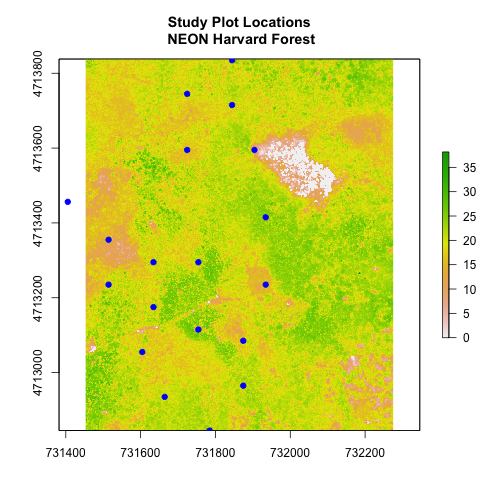

How can this be solved? I would be thankful for your answers. Also, I couldn't see spatial scale in either of direction.
#Croping a raster in r how to#
Could someone let me know how to mask these data (raster based on vector). Proj4string(LCN)<-CRS("+proj=utm +zone=44 +datum=WGS84 +units=mīut, I don't have an idea of masking data. Then, I clipped a raster file based on vector shapefile. 3 Answers Sorted by: 18 Create a box as a Spatial object and crop your raster by the box. In this lesson, you will learn how to crop a raster - to create a new raster object / file that you can share with colleagues and / or open in other tools such as QGIS.Rupandehi District was then selected and exported as a part of this work (named here as RupandehiLocalPlace). Previously, you reclassified a raster in R, however the edges of your raster dataset were uneven. But after comparing the extent of my area and S21- file I realised that they have not exactly the same extent. In this lesson, you will learn how to crop a raster dataset in R. S21 <- crop (S21, area) In general it seems that this command in R works properly. If you have not already downloaded the week 3 data, please do so now. The package example: r <- raster (nrow45, ncol90) r <- 1:ncell (r) e <- extent (-160, 10, 30, 60) rc <- crop (r, e) If you wanted to cut in a more detailed manner maybe you could use. Also you should have an earth-analytics directory set up on your computer with a /data directory with it. The function crop in the raster package allows you to use an Extent object or an object for which an Extent can be calculated to cut (subset) another object. You need R and RStudio to complete this tutorial.

I've tried setExtent and the same thing happens. However, cropping to the minimum extent does not change the extents for the three rasters. We can see that it still has the same dimensions as the original raster, 150 x 150.
#Croping a raster in r full#
If we want to keep the full dimensions of the raster but convert all values outside the vector to NA we mask the data instead of cropping it. All three rasters will have the same resolution and projection. Cropping removes the portion of the raster that is outside the x/y extent of the vector. SECTION 15 LAST CLASS: FINAL PROJECT PRESENTATIONSĪfter completing this tutorial, you will be able to: I am writing a script that will take any three rasters, and crop them to the minimum possible extent.SECTION 14 FINAL PROJECTS & COURSE FEEDBACK DISCUSSION.Taking your original example (extracting area and percent cover of land uses within polygons. As raster::extract(), exactextract() can take a fun argument to summarize data within polygons.
#Croping a raster in r plus#



 0 kommentar(er)
0 kommentar(er)
